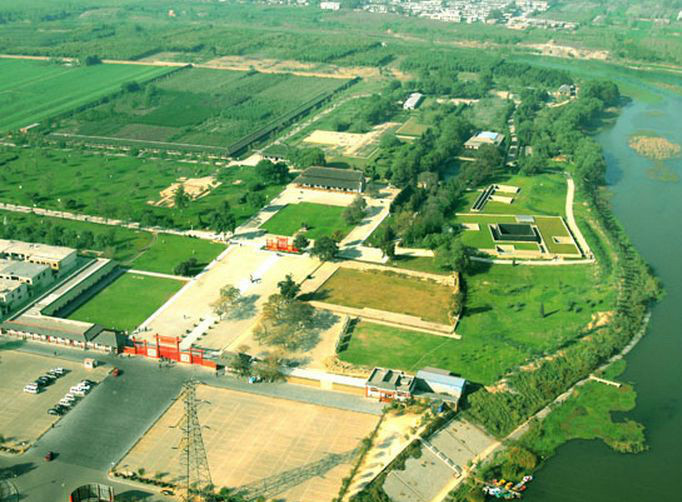Yinxu(Ruins of Yin) Bajarên Antîk
Hûrî
Yinxu (modern IPA: [ín.ɕý]; Chinese: 殷墟; lit. 'Ruins of Yin') is the site of one of the ancient and major historical capitals of China. It is the source of the archeological discovery of oracle bones and oracle bone script, which resulted in the identification of the earliest known Chinese writing. The archeological remnants (or ruins) known as Yinxu represent the ancient city of Yin, the last capital of China's Shang dynasty which existed through eight generations for 255 years, and through the reign of 12 kings. Yinxu was discovered, or rediscovered, in 1899. It is now one of China's oldest and largest archeological sites, and was selected as a UNESCO World Heritage Site in 2006.[1] Yinxu is located in northernmost Henan province near the modern city of Anyang, and near the Hebei and Shanxi province borders. Public access to the site is permitted.
Cihê li ser nexşeyê
| Navnîşan | Sipanmocun, Sipanmocun, 0, China |
|---|---|
| Website |
Email bişînin


Recent reviews
Tags
Girêdanên civakî
Mesajên dawî
-

Ruin of Haitou
Bajar: Yuanbaozhuang -

Loulan Ancient City
Bajar: Yuanbaozhuang -

Fort
Bajar: Yuanbaozhuang -

Ruin of Tuyin
Bajar: Yuanbaozhuang -
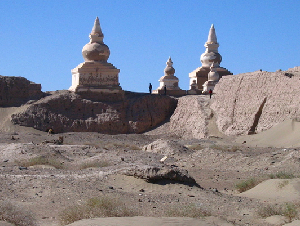
Khara-Khoto
Bajar: Dalain Hob -
Ancient city of Hefeng
Bajar: Motge -
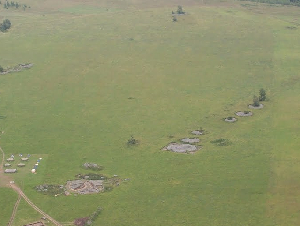
Bukhtarma Valley
Bajar: Bergiel -
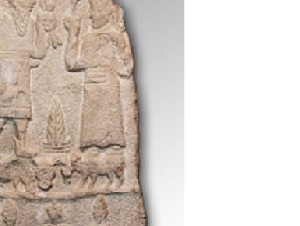
1Relief, votiv stone or altar visible
Bajar: gaziantep -
.jpg)
Vicus or canabae visible
Bajar: gaziantep -

Temporary camp at Zavod
Bajar: Dlhé Lúky -
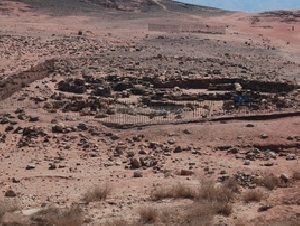
Timna Valley
Bajar: Elifaz -
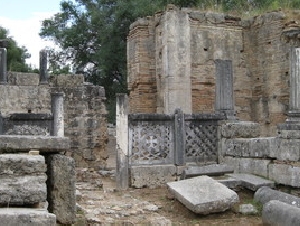
Workshop of Pheidias, Olympia
Bajar: Archaía Olympía -
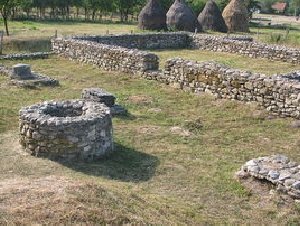
Glass workshop at Ulpia Traiana Sarmizegetusa
Bajar: Sarmizegetusa -
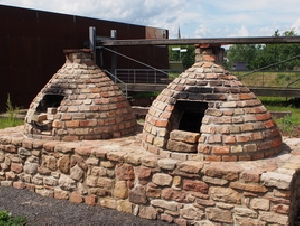
Vicus (Eisenberg)
Bajar: Eisenberg -
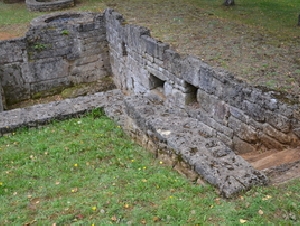
Vicus 'Titelberg'
Bajar: Lamadelaine -

Vicus Fectio
Bajar: Vechten -
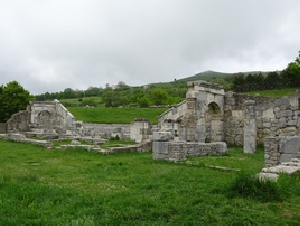
Theatre Bovianum Vetus
Bajar: Pietrabbondante -
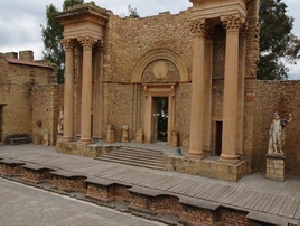
Theatre Romain de Calama
Bajar: Guelma

